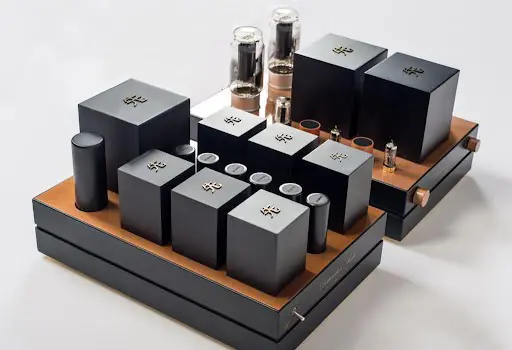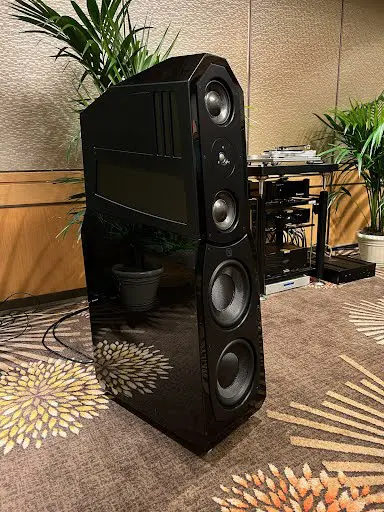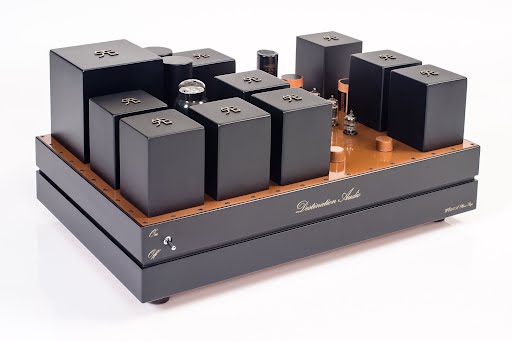“Betcha you can’t listen
to just one song” !
ULTIMATE HIGH-END AUDIO SYSTEMS FOR THE HOME
At Audiolimits we measure the value of sound by how it benefits our feelings and emotions. It’s about the enjoyment that can be achieved when listening to your favorite CD, LP, or music server with the highest level of high-end audio equipment.
Because in this new era, with the use of portable music players and
Smartphones, high-end audio for the home is not as well known as it has been in the past. At Audiolimits, our goal is to reach out to those that haven’t experienced high-end audio or, to that audiophile who wants to upgrade their system.
With over 20 years of high-end audio experience and our continued dedication and passion for high-end audio, we feel the products we carry are the best the industry has to offer.
SOME OF OUR SHOWROOMS AND PRODUCTS OVER THE YEARS





